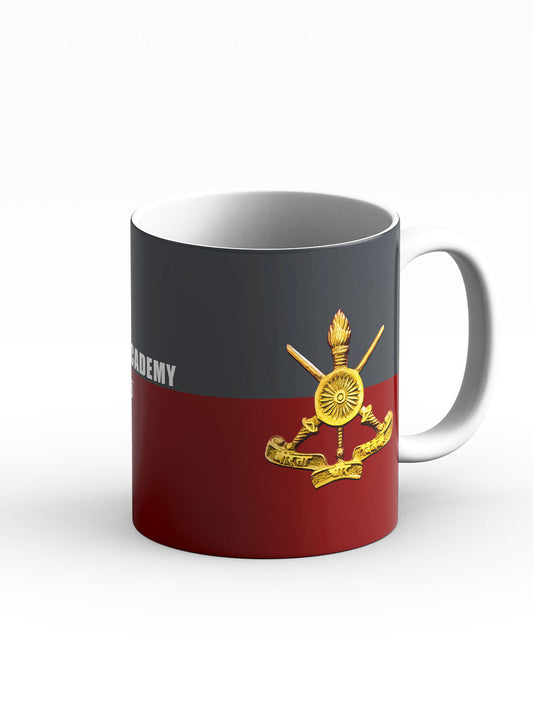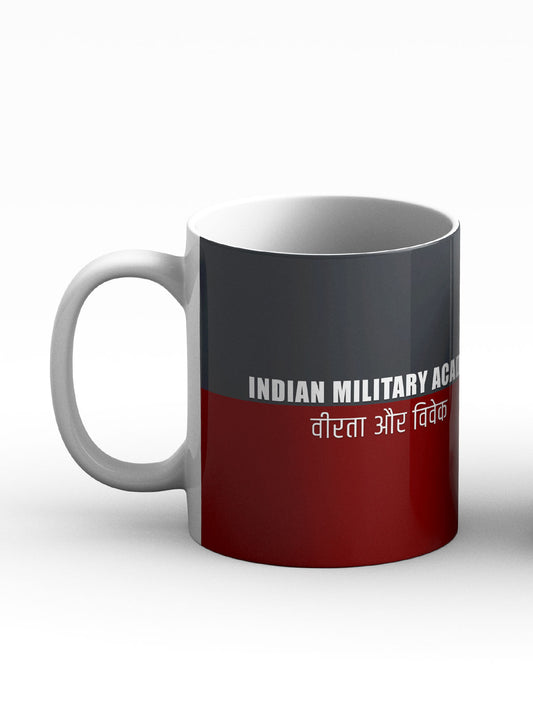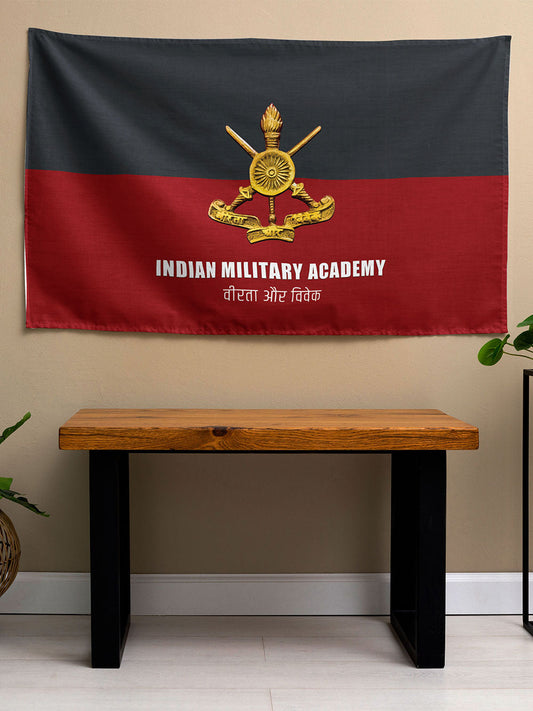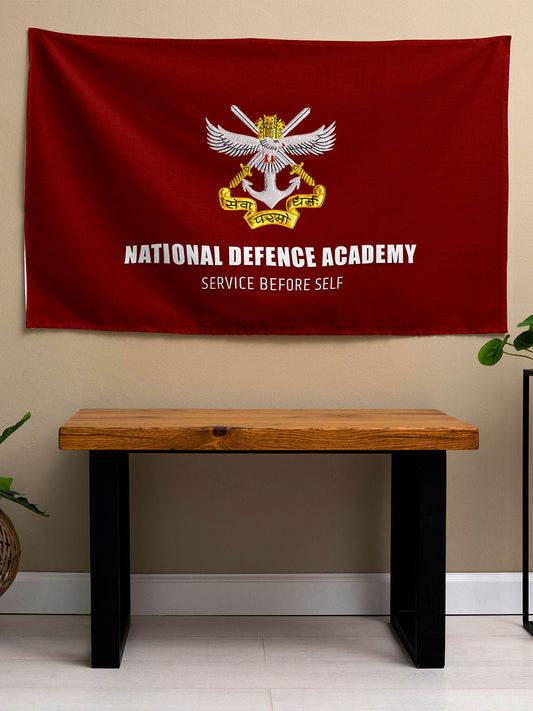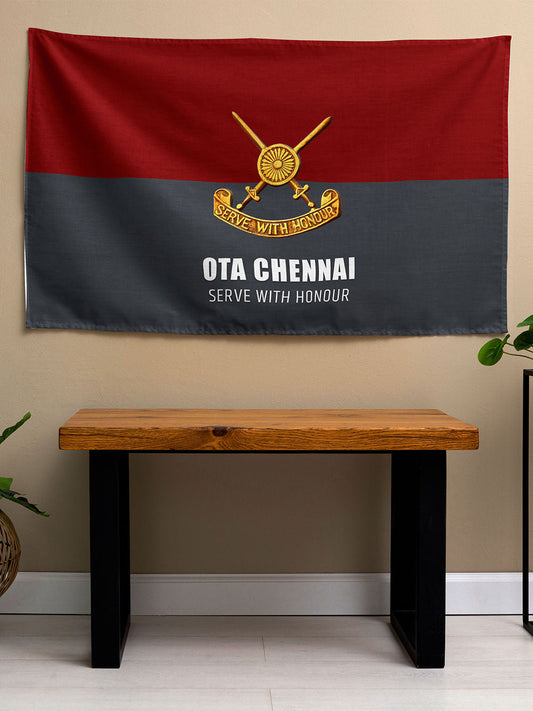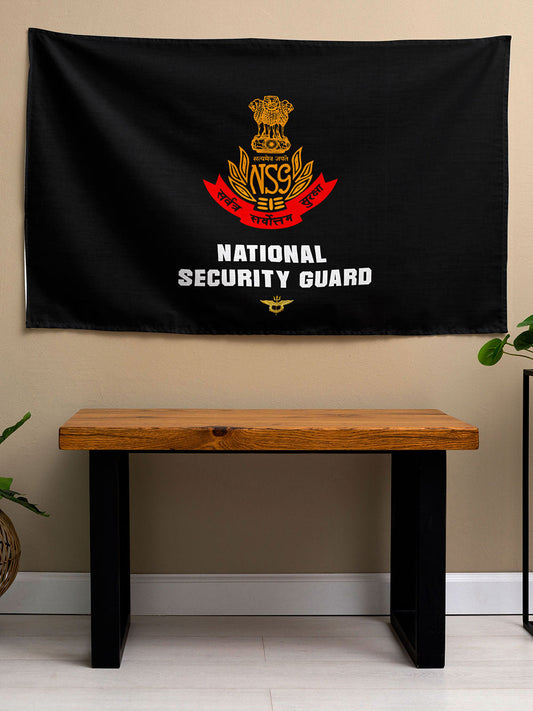Meet Real Ram Chander Yadav from 120 Bahadur Movie

In the annals of modern military history, few stories evoke the raw essence of valor and sacrifice like the Battle of Rezang La during the 1962 Sino-Indian War. Amid the snow-swept ridges of Ladakh, at an altitude exceeding 16,000 feet, a small contingent of Indian soldiers faced an overwhelming Chinese force. At the heart of this epic last stand was Honorary Captain Ram Chander Yadav (Retd.), a platoon commander whose actions not only exemplified personal bravery but also ensured that the heroism of his comrades would echo through generations. With the release of the 2025 Bollywood film 120 Bahadur, directed by Razneesh Ghai and starring Farhan Akhtar, Yadav's real-life story has been thrust into the spotlight, blending historical fact with cinematic drama to introduce a new audience to one of India's most poignant war narratives.
From Humble Beginnings to the Frontlines
Ram Chander Yadav was born around 1929 in the Ahirwal belt of Haryana, a region renowned for producing hardy soldiers who have served in India's armed forces for decades. Hailing from the Ahir (Yadav) community, known for its martial traditions, young Ram Chander grew up in an environment where tales of battlefield glory were commonplace. At the tender age of 19, on February 11, 1948—just months after India's independence—he enlisted in the Indian Army, joining the 13th Battalion of the Kumaon Regiment. This unit, though named after the Kumaon region, often recruited from diverse areas, including Haryana's Ahir-dominated villages, to form specialized companies.
Yadav's early military career was marked by discipline and rapid adaptation to the rigors of service. By 1962, he had risen to the rank of Jemadar, a junior commissioned officer equivalent to a modern-day Naib Subedar. His role often involved critical communications duties, making him an indispensable asset in remote, high-altitude postings. Little did he know that his skills would be tested in one of the harshest environments imaginable: the frozen passes of Ladakh during the escalating tensions of the Sino-Indian border dispute.
The Battle of Rezang La: A Stand Against Overwhelming Odds
The Sino-Indian War of 1962 remains a sensitive chapter in India's history, often remembered for strategic miscalculations and territorial losses. However, the Battle of Rezang La stands as a beacon of defiance. On November 18, 1962, Charlie Company of the 13th Kumaon—comprising about 120 soldiers, mostly Ahirs under the command of Major Shaitan Singh—defended a two-kilometer ridge overlooking the strategic Chushul airstrip. Without artillery support due to a obstructing crest, they faced waves of Chinese attacks from the 3rd Battalion of the 11th Infantry Regiment, estimated by Indian accounts at 3,000 to 5,000 troops backed by heavy artillery.
Yadav served dual roles as a platoon commander and Major Singh's radio operator, relaying vital messages amid the chaos. The battle began around 3:30 a.m. with probing attacks on Platoons 7 and 8. Yadav recounted in interviews how his comrades repelled initial assaults, with soldiers like Naik Hukam Chand and Naik Singh Ram inflicting heavy casualties. "Bodies were lying scattered like berries in a market," Yadav described, emphasizing the ferocity of the defense. As the Chinese employed human wave tactics, hand-to-hand combat ensued. Bayonets often failed against the enemy's thick parkas, leading to brutal improvised fights—Singh Ram, a wrestler, smashed heads together, earning posthumous respect from the Chinese who honored his body with a bayonet salute.
Major Shaitan Singh, severely wounded, ordered Yadav to retreat and preserve the story: "Go back and tell them what happened here." Yadav, himself injured, tied the dying Major to himself and rolled down the slope to hide the body, ensuring it wouldn't fall into enemy hands. He then made his way to headquarters, arriving on November 19. Accounts vary slightly—some sources indicate Yadav was briefly taken as a prisoner of war (POW) before being released during the ceasefire, while his personal recollections describe a daring escape. Of the 120 defenders, 114 were killed, five captured as wounded (who later escaped), and Yadav was the one sent back. Indian estimates claim over 1,300 Chinese casualties, though Chinese records dispute this, reporting far lower figures.
The battle's heroism was underscored by the Chinese forces' unusual respect: They covered Indian bodies with blankets before withdrawing, a rare gesture in warfare. Major Singh received the Param Vir Chakra posthumously, while Yadav and other survivors were decorated for their gallantry.
Awards and the Weight of Survival
For his "great courage and devotion to duty," Yadav was awarded the Vir Chakra, India's third-highest gallantry award. The citation highlights his leadership as one of three platoon commanders honored, alongside Jemadars Hari Ram and Surja Ram. Charlie Company collectively earned one Param Vir Chakra, five Vir Chakras, and four Sena Medals—a remarkable tally for the era when decorations were sparingly given.
Survival, however, came with its burdens. Yadav faced initial skepticism from superiors in Delhi, who doubted the scale of Chinese losses. "Nobody believed we had killed so many Chinese at Rezang La," he recalled. "Our commander called me mad." This stigma lingered, with whispers that survivors had fled. Over time, as declassified accounts and memorials validated the story, Yadav's reputation was restored. Promoted to Honorary Captain upon retirement, he has been honored by the Army, including a 2025 interaction with the General Officer Commanding of the Tiger Division.
Life After the War: A Voice for the Fallen
Post-1962, Yadav returned to civilian life in Haryana but remained a custodian of Rezang La's memory. He married and raised a family, but the battle's trauma persisted: "I cannot sleep when those scenes come to my mind. It has been 50 years, yet it seems the war has just taken place." Over decades, he gave numerous interviews, including a poignant 2012 Walk the Talk with Shekhar Gupta, where he and fellow survivor Havaldar Nihal Singh detailed the fight. Yadav emphasized the unit's unity: "The Major said I am with you and I am a Yadav too, so what if my name is Bhati?"
In recent years, Yadav has participated in commemorations, including the 2025 launch of 120 Bahadur's song "Dada Kishan Ki Jai," alongside Nihal Singh and Major Singh's son. Now in his 90s, he continues to inspire, reminding audiences: "Everyone has to die one day. But let us do something before we die." His story underscores themes of resilience, often drawing parallels to epic tales like the Mahabharata, given the Ahir soldiers' cultural ties to Lord Krishna.
Representation in 120 Bahadur and Cultural Impact
The film 120 Bahadur, released on November 21, 2025, immortalizes Rezang La through Farhan Akhtar's portrayal of Major Singh. Debut actors depict Yadav and Nihal Singh, the "only two surviving heroes" per promotional materials. While dramatized, the movie draws from real accounts, focusing on the battle's strategic importance in halting Chinese advances toward Ladakh. Reviews praise its gritty realism, including long one-take sequences, though some critique its pacing.
Yadav's real-life presence at events bridges history and cinema, amplifying calls for greater recognition of 1962's unsung heroes. Memorials in Rewari and Ladakh list the fallen, and books like those on Rezang La further his legacy.
Key Figures and Awards from Rezang La
| Name | Role | Award | Fate |
|---|---|---|---|
| Major Shaitan Singh | Company Commander | Param Vir Chakra (Posthumous) | Killed in Action |
| Jemadar Ram Chander Yadav | Platoon Commander & Radio Operator | Vir Chakra | Survived |
| Jemadar Hari Ram | Platoon Commander | Vir Chakra (Posthumous) | Killed in Action |
| Jemadar Surja Ram | Platoon Commander | Vir Chakra (Posthumous) | Killed in Action |
| Naik Singh Ram | Section Commander | Vir Chakra (Posthumous) | Killed in Action |
| Havaldar Nihal Singh | Personal Guard | Sena Medal | Survived |
| Company Havildar Major Harphool Singh | Company Second-in-Command | Sena Medal (Posthumous) | Killed in Action |
This table captures the core leadership of Charlie Company, illustrating the high cost of their stand.
Reflections on a Timeless Legacy
Ram Chander Yadav's journey from a young recruit to a revered veteran embodies the spirit of India's armed forces. In a war often shrouded in controversy, his story offers a counter-narrative of unyielding courage. As debates continue over the 1962 conflict's lessons—strategic, political, and human—Yadav's accounts remind us of the individual sacrifices that shape national identity. Through films like 120 Bahadur and ongoing tributes, his voice ensures that the "120 Bahadur" are never forgotten, fostering empathy across generations and sides.



